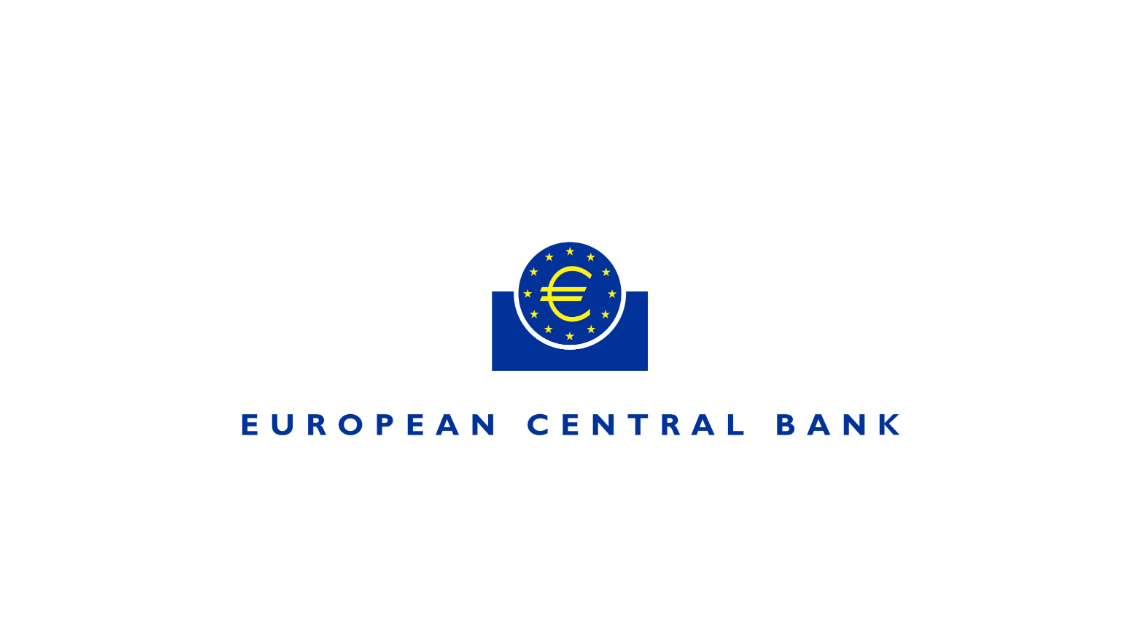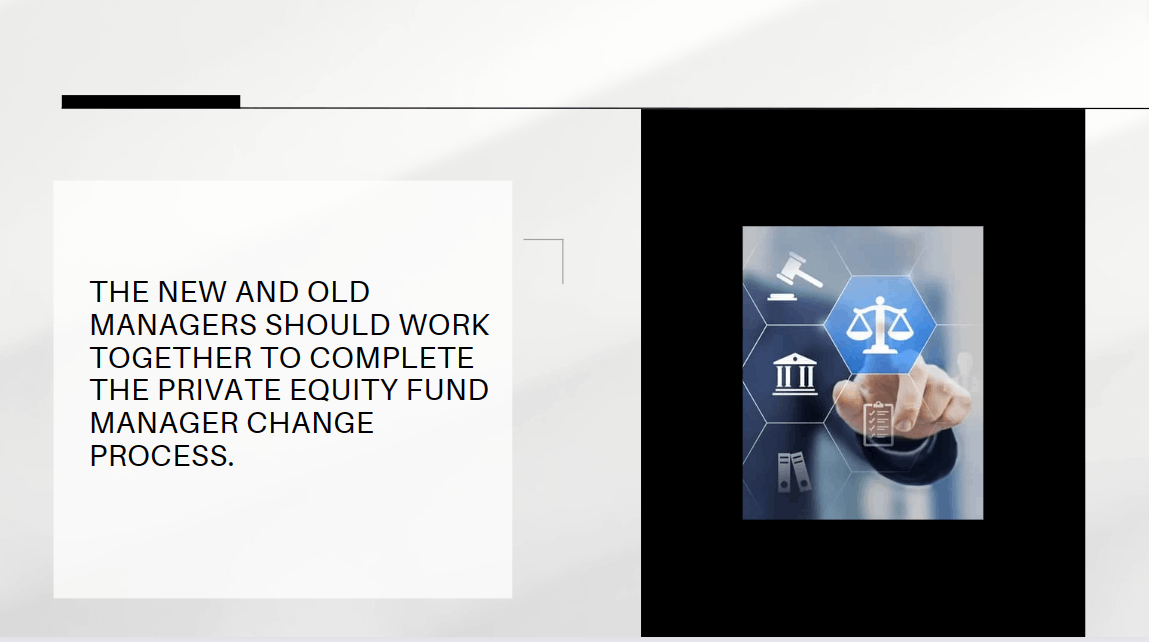Commercial banking sector stable but non-performing loans rise again
Bank loans in Q3 see first decline in 14 years as businesses delay borrowing but NPLs, especially among SMEs and lower-income groups, still cause for concern
While the overall condition of the commercial banking system in the third quarter of 2024 was considered stable, Suwannee Jetsadasak, assistant governor of the Bank of Thailand's Financial Institutions Policy and Supervision Department, has warned that close attention must be paid to lending and the debt repayment ability of small and medium-sized enterprises (SMEs), as the number of non-performing loans (NPLs) continues to rise.
Total lending by commercial banks contracted by 2% year-on-year, marking the first quarterly decline in 14 years since the 2008 global financial crisis, colloquially known as the “Hamburger Crisis”.
The primary reasons for the contraction include loan repayments by the government ahead of the fiscal year-end disbursements and repayments by certain large businesses that secured funds through bond issuances.
These factors led to an overall reduction in loan disbursement.
Nevertheless, new lending continues for large businesses, especially in the service, real estate, commerce, and manufacturing sectors.
Similarly, business loans slowed down due to declining competitiveness, particularly in the petrochemical, electronics, and automotive sectors.
Consumer loans, including personal and mortgage loans, also show signs of deceleration, while auto loans and credit card lending continue to contract.
“This decline in lending marks the first contraction since the ‘Hamburger Crisis’, mirroring trends seen in overseas loan portfolios. The contraction is driven by trade barriers and geopolitical conflicts that reduce competitiveness. However, looking forward, there is potential for loan expansion,” Suwannee added.

NPLs increase across all loan portfolios
In Q3 2024, the non-performing loan (NPL) ratio rose to 2.97%, up from 2.84% in the previous quarter, marking an increase across all loan categories. Outstanding NPLs reached 553 billion baht. Business loan NPLs climbed to 2.84% from 2.70%, while consumer loan NPLs increased to 3.24% from 3.13%.
Special Mention (SM) or Stage 2 loans, meanwhile, increased from 6.50% in Q2 2024 to 6.86% in Q3 2024, amounting to 1.27 trillion baht.
Debt delinquencies surge among vulnerable income groups
BOT expects NPLs to continue rising, though at a manageable level. However, BOT expressed concerns over vulnerable borrower groups, particularly business debtors and certain retail loan segments already facing challenges. Most of these borrowers previously received support during the Covid-19 period.
NPLs in housing, personal, and credit card loans also rose, with an increase in Stage 3 loans primarily from low-income groups earning below 30,000 baht per month. For housing loans, NPLs also increased among those earning between 30,000–50,000 baht.
“We are concerned about vulnerable groups, particularly low-income earners below 30,000 baht, salaried individuals, and freelancers. These groups are more likely to experience financial strain,” the BOT stated, adding that BOT, in collaboration with the Ministry of Finance, the government, and the Thai Bankers’Association, is set to announce household debt relief measures by the end of 2024. These measures will focus on providing targeted assistance to specific groups, particularly vulnerable populations.
“One concern for the BOT is the risk of moral hazard stemming from loan defaults. However, we believe these debt relief measures will contribute to a decline in household debt levels moving forward,” Suwannee stated.
The initiative partly relies on additional funding support to enable commercial banks to assist debtors more effectively. This will be facilitated by reducing the Financial Institutions Development Fund (FIDF) fee from 0.46% to 0.23%.






















































First, please LoginComment After ~